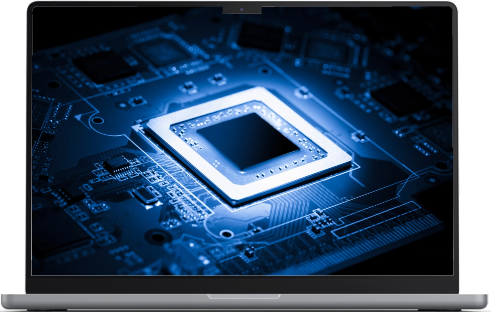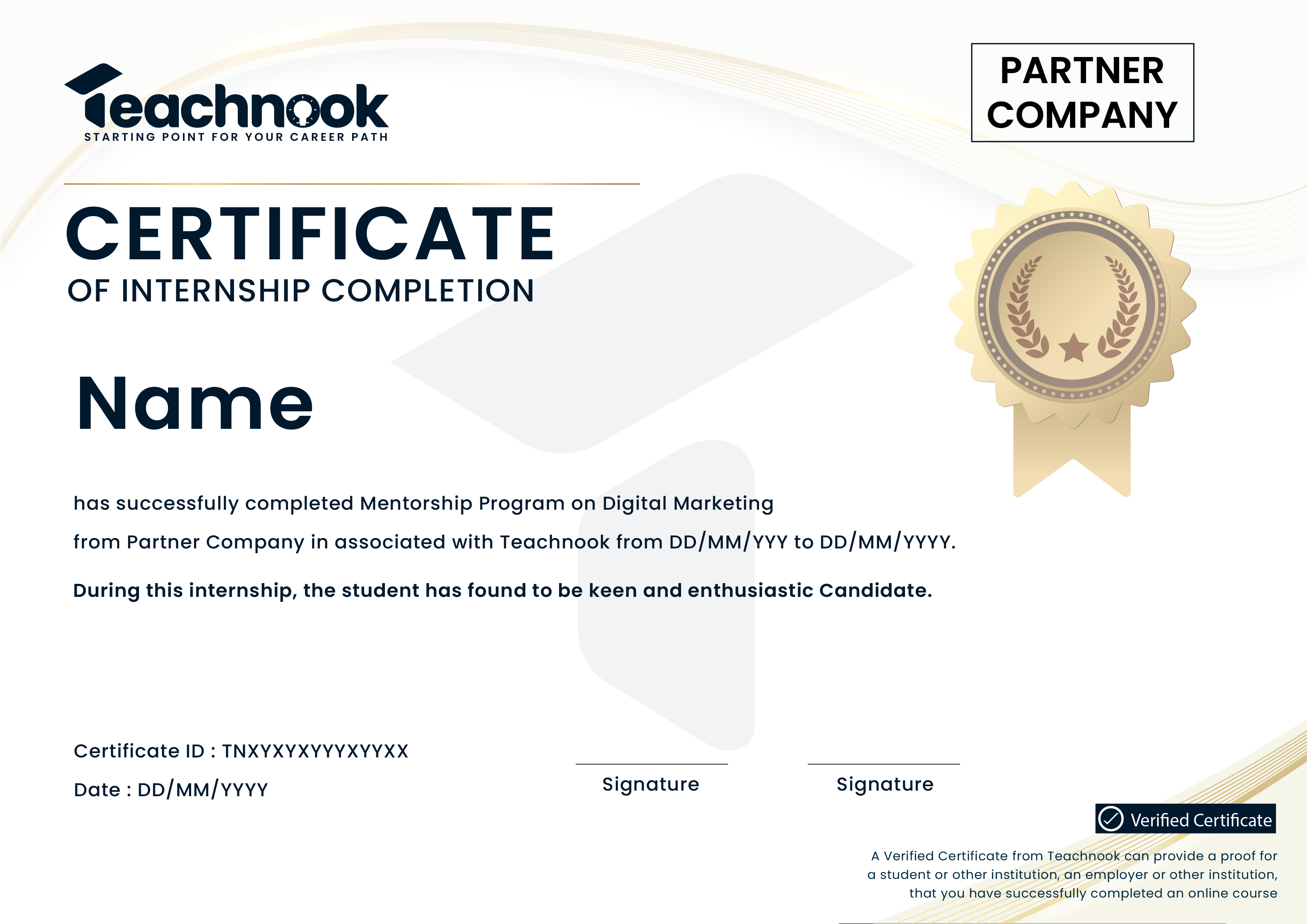Request a Callback
Request a callback now! Fill in your details and one of our academic counselors will contact you promptly.
10 live projects + 1 capstone project
36+ hours of video content access
Weekly tasks and reports
Certificate of completion
OVERVIEW
Learn Embedded Systems today
With expertise in Embedded Systems, you’ll become a crucial part of major systems that ensure proper functioning. Learn in-depth about the domain’s fundamentals to become a professional in the field.
8051 Architecture
Memory Management
LCD Interfacing
ALP Operations

Course Curriculum
Discover our comprehensive Embedded System course curriculum, designed to provide in-depth knowledge and practical skills.
Embedded systems basics
8051 Architecture Overview
Memory Management with SFRs
Addressing Modes and Instruction Sets
ALP Operations
C Embedded I/O
8051- LCD Interfacing
Timers and Counters
Serial Communication Protocols
Interrupts and Priority
Meet our team of creative experts
Meet the talented and creative minds behind our work. Our mentors bring a wealth of experience and a passion for innovation to every mentorship course.



Ranjana Chawla
UI Designer



Ranjana Chawla
UI Designer



Ranjana Chawla
UI Designer

Teachnook Certificate
Upon successfully completing this course, you will receive a certificate of completion that helps potential employers assess your proficiency.
Pricing Plans
Experience the premium features at an affordable price. Get industrial experience, 10+ live working projects and mentorship from top 1 percentile mentors and much more. Choose the plan that suits your needs and take your practical and outcome based learning to the next level. Join today and lead tomorrow.
Self Paced
₹5500
Certificate for Course Completion
10 live projects + 1 capstone project
Course Certificate
24+ hours of video content access
6 Months LMS Access
10+ hours of Mentor Training
FAQs
Explore our FAQ section for quick answers to common questions. Can't find what you're looking for? Contact us for assistance.
Are there any necessary prerequisites for this course?
No, there are no specific prerequisites for this course. The course is structured in a manner that covers the very basics of the topics as well. So if you’re a complete beginner, this is a great course to start with.
What are the requirements for the classes?
You’ll need a secure and stable internet connection on a well functioning device such as a laptop or mobile phone. We also recommend keeping a notepad and pen/pencil alongside to jot down notes.
Who do I contact for more information regarding the course?
You can get in touch with us via email - support@teachnook.com or call us at the phone number provided in the ‘Contact Us’ section.
What are the possible career options for Electronics & Communication?
Some options are - Electronics and Communication Engineer, System Control Engineer and Electronic Design & Development Engineer.